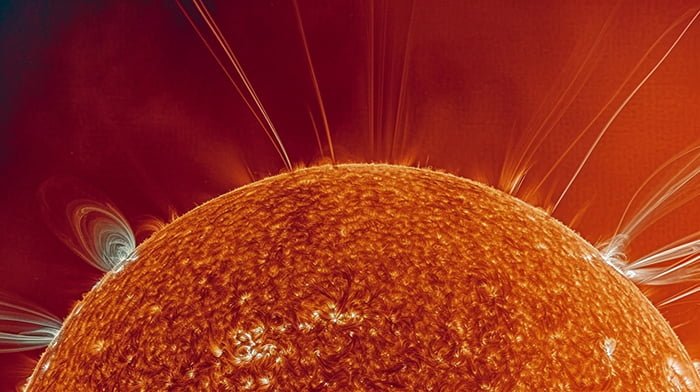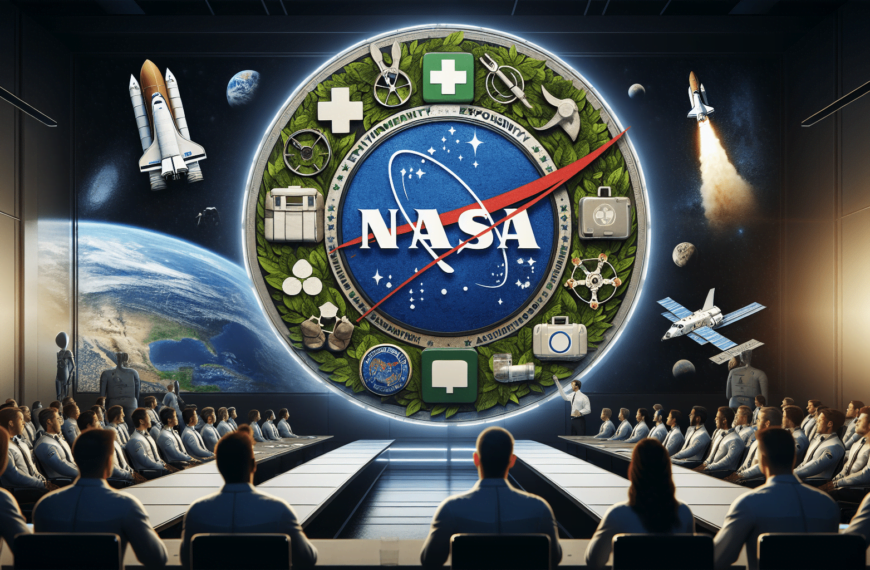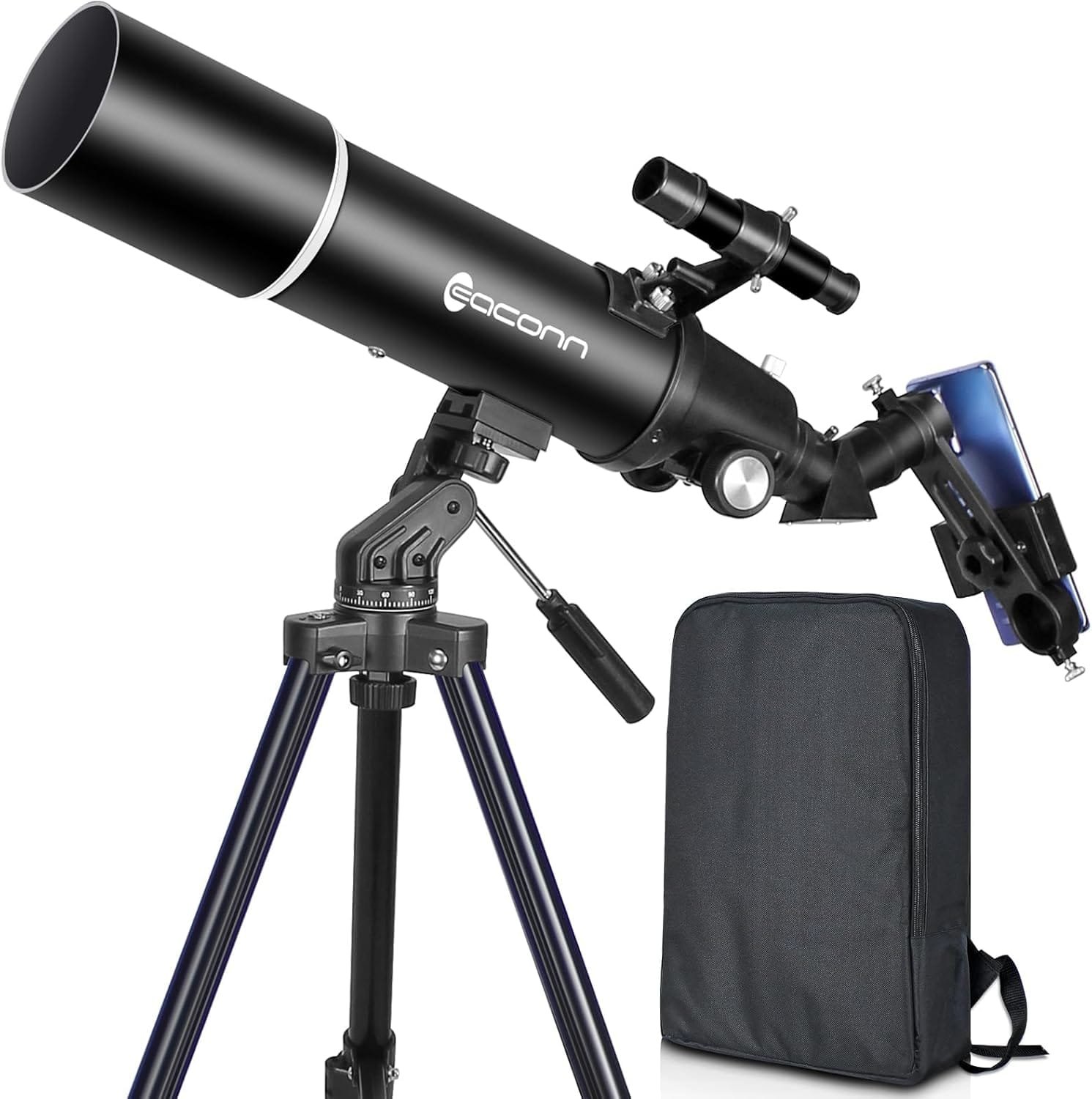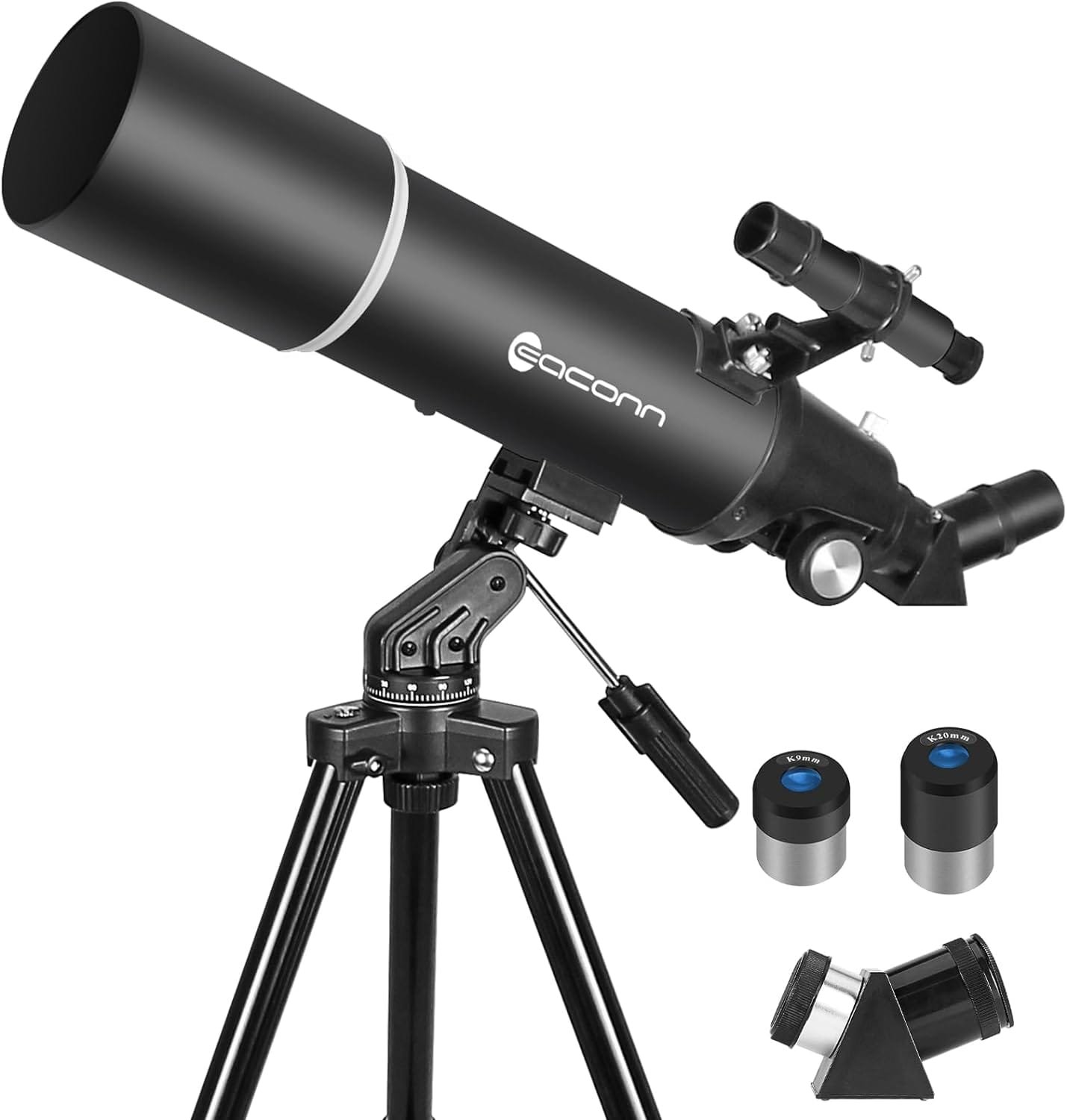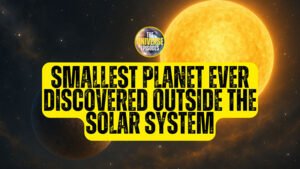NASA is pushing the boundaries of lunar exploration with its upgraded SLS Mega Rocket design. As the agency prepares for the Artemis missions, NASA is building, testing, and assembling the Block 1B version of the Space Launch System (SLS) rocket. This enhanced version, known as Block 1B, will have the capability to transport both crew and large hardware in a single launch, opening up new possibilities for future missions to the Moon and beyond. With a more powerful second stage and a universal stage adapter, the upgraded SLS Mega Rocket will redefine the potential of lunar exploration, allowing for bigger payloads and increased launch opportunities. These advancements mark an exciting new chapter in NASA’s efforts to explore our solar system.

New Upgrades for Bolder Missions
The Block 1B version of the Space Launch System (SLS) rocket is set to debut for the Artemis IV mission and brings new upgrades to enable bolder missions. While the basic core stage and solid rocket booster design remains the same as the Block 1, Block 1B features two significant changes that will make the SLS rocket even more capable for future missions. These changes include a more powerful second stage and an adapter for large cargos.
The more powerful second stage, called the exploration upper stage (EUS), replaces the interim cryogenic propulsion stage (ICPS) used in the first three Artemis missions. The EUS features four engines and a different battery that allows it to support the mission for the first eight hours following launch, compared to the current two hours of the ICPS. It also offers more than 10,000 cubic feet of space to carry large components, such as modules for NASA’s future Gateway outpost in lunar orbit. The universal stage adapter connects the rocket to the Orion spacecraft and provides additional space for cargo.
These upgrades will increase the payload capability for SLS from 59,000 pounds to approximately 84,000 pounds. The SLS Block 1B rocket will be the primary transportation for astronauts to the Moon for years to come, providing a flexible platform for exploring more of our solar system.
More Opportunities
The evolved design of SLS Block 1B not only expands its capabilities but also provides more launch opportunities. With four times the engines and almost four times the propellant and thrust of ICPS, the EUS enables two daily launch opportunities compared to Block 1’s more limited lunar launch availability. This means more opportunities for astronauts and ground teams to embark on missions to the Moon.
Additionally, the enhanced communication and control capabilities of the EUS and Orion’s docking system allow for safe extraction of components destined for the Gateway from the stage adapter. Astronaut explorers will have improved communication with the in-space stage and the ability to control it while utilizing Orion’s docking system.
Preparing for Artemis Missions
Early manufacturing for the SLS Block 1B rocket is already underway at NASA’s Michoud Assembly Facility in New Orleans. This facility is responsible for producing the necessary elements for the rocket’s midbody, including the V-struts that create the cage-like outer structure connecting the upper stage’s large liquid hydrogen tank to the smaller liquid oxygen tank.
At the nearby Stennis Space Center in Bay St. Louis, Mississippi, preparations for the green run test series for the upgraded upper stage are in progress. This series will ensure the readiness and performance of the exploration upper stage before it is used in future Artemis missions.
Evolved Design
The Block 1B configuration of the SLS rocket introduces the exploration upper stage (EUS) and the universal stage adapter. The EUS, with its four engines and larger size, replaces the ICPS used in previous missions and provides increased performance and capabilities. It allows for longer mission durations and offers more launch opportunities.
The universal stage adapter connects the SLS rocket to the Orion spacecraft and provides additional space for large cargos. This adapter will be crucial for carrying components for NASA’s lunar Gateway outpost and accommodating unique scientific opportunities at the Moon.
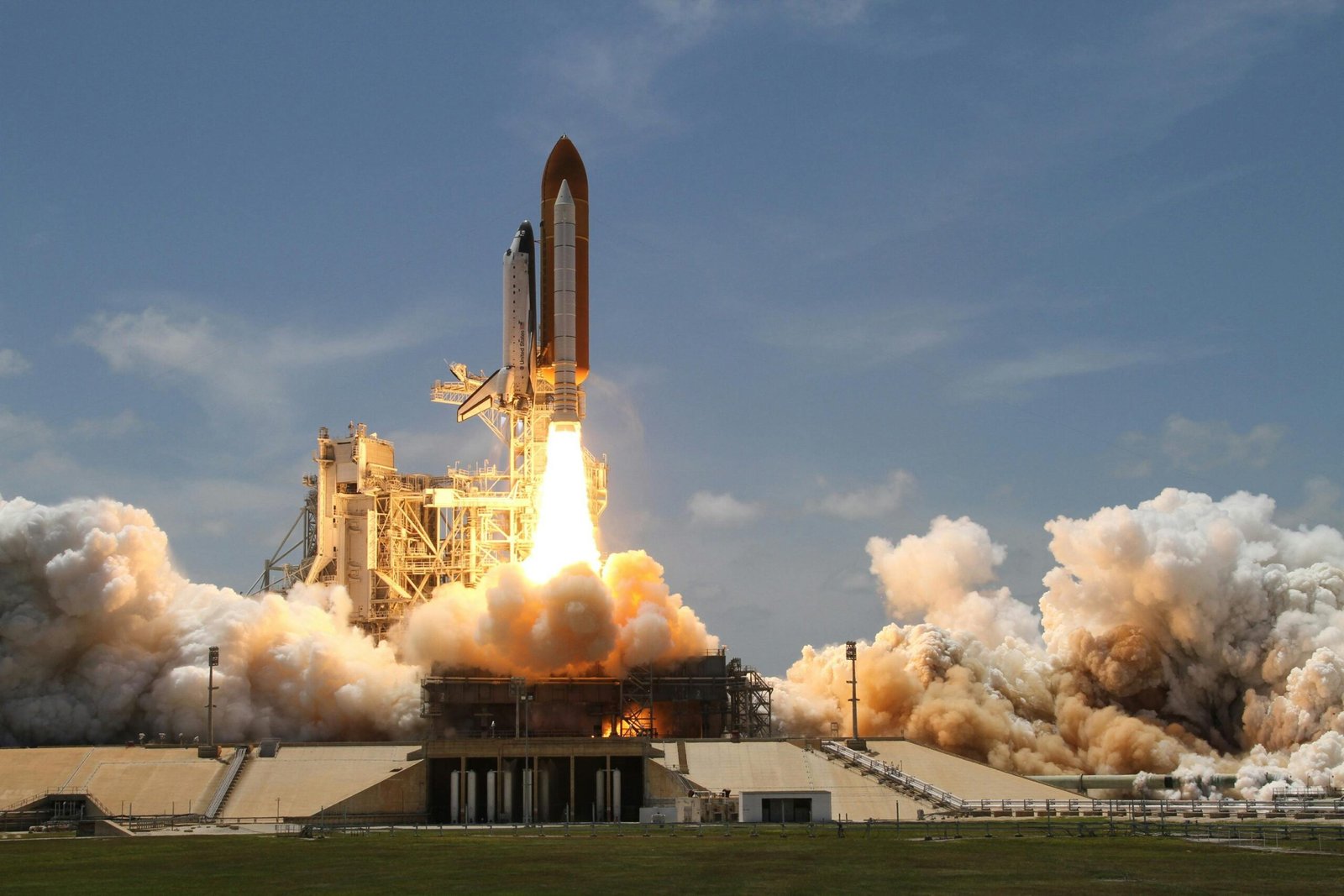
Payload Capabilities
The upgrades introduced in the Block 1B configuration of the SLS rocket significantly increase its payload capability. With the new EUS and universal stage adapter, the SLS can now carry approximately 84,000 pounds of payload, compared to the previous capability of 59,000 pounds. This increase in payload capacity opens up new possibilities for future Artemis missions and allows for the transportation of larger and heavier hardware to the Moon in a single launch.
Launch Opportunities
One of the key advantages of the Block 1B configuration is the increased launch opportunities it provides. With the EUS and its enhanced capabilities, the SLS rocket can now support two daily launch opportunities for missions to the Moon. This increased availability allows for more flexibility in planning and executing missions, ensuring that astronauts and payloads can reach their destinations on time.
Improved Communication and Control
The exploration upper stage (EUS) and Orion’s docking system offer improved communication and control for astronauts and ground teams. These advancements enable effective communication with the in-space stage and allow for safe control of the stage during missions. The docking system also facilitates the extraction of components destined for the Gateway from the stage adapter, ensuring smooth operations and efficient utilization of resources.
NASA’s Artemis Program
The Artemis program aims to return humans to the Moon and establish sustainable exploration by the end of the 2020s. SLS plays a crucial role in this program as part of NASA’s deep space exploration backbone. Together with the Orion spacecraft, the Gateway in lunar orbit, and commercial human landing systems, the SLS rocket provides the capability to send astronauts, supplies, and payloads to the Moon in a single launch.
The Artemis program has ambitious goals, including landing the first woman, first person of color, and the first international partner astronaut on the Moon. SLS, with its upgraded capabilities, will be instrumental in achieving these milestones and advancing human exploration beyond Earth.
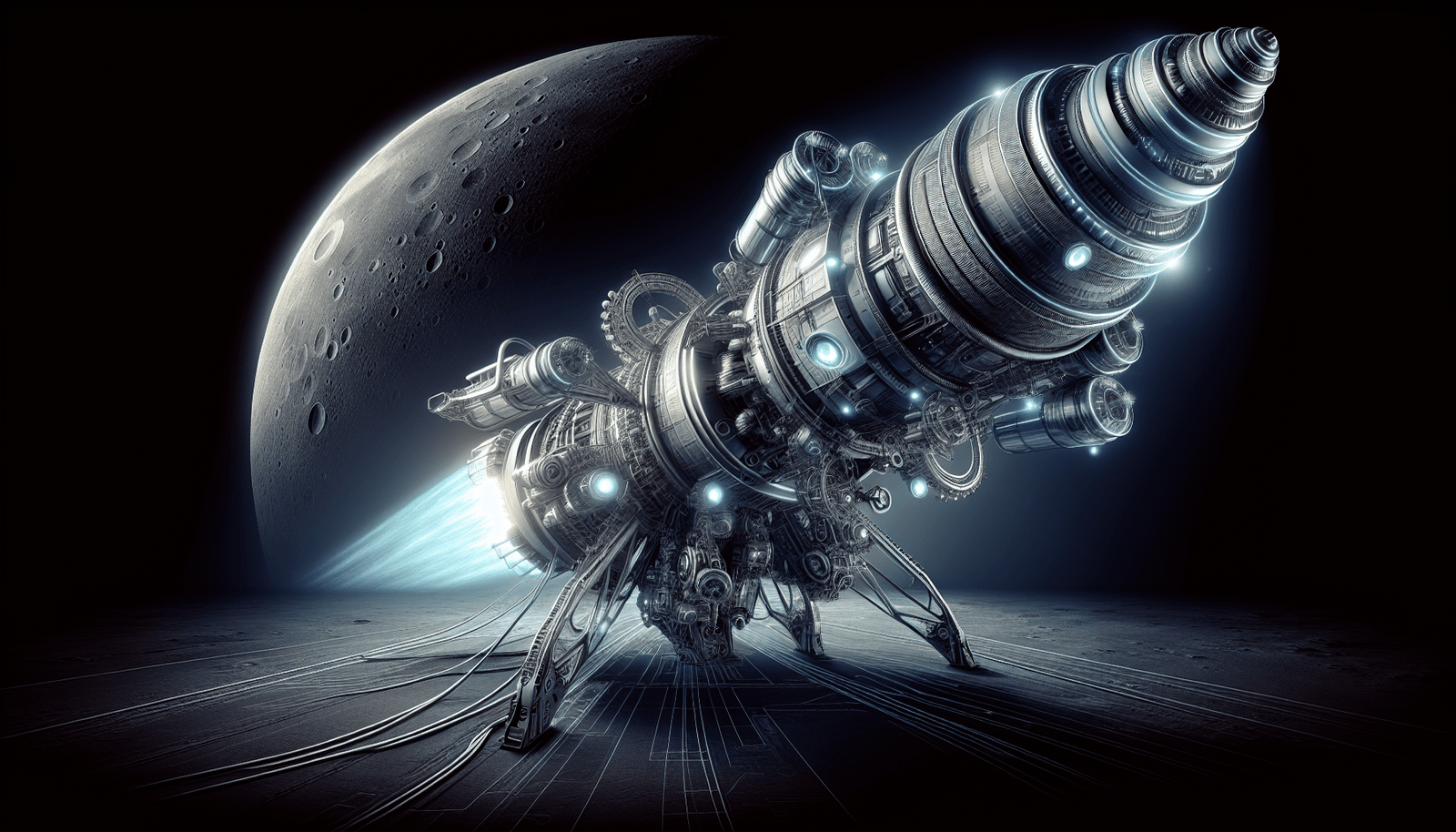
Article Summary: Pushing the Boundaries of Lunar Exploration with NASA’s Upgraded SLS Mega Rocket
I am excited about the upgraded SLS Mega Rocket design by NASA, known as the Block 1B version of the Space Launch System (SLS) rocket. This enhanced version will enable transporting both crew and large hardware in a single launch, opening up new possibilities for future missions to the Moon and beyond. The main message of this article is that these advancements mark an exciting new chapter in NASA’s efforts to explore our solar system.
Benefits of Reading this Article:
- New Upgrades for Bolder Missions: The Block 1B version of the SLS rocket brings new upgrades to enable bolder missions, increasing payload capability and launch opportunities.
- More Opportunities: The evolved design of SLS Block 1B not only expands its capabilities but also provides more launch opportunities, allowing for more flexibility in planning and executing missions to the Moon.
- Improved Communication and Control: The enhanced communication and control capabilities of the EUS and Orion’s docking system ensure safe extraction of components and efficient utilization of resources.
In conclusion, reading this article will provide insights into the advancements in NASA’s lunar exploration efforts, the enhanced capabilities of the upgraded SLS Mega Rocket, and the exciting prospects for future Artemis missions.




